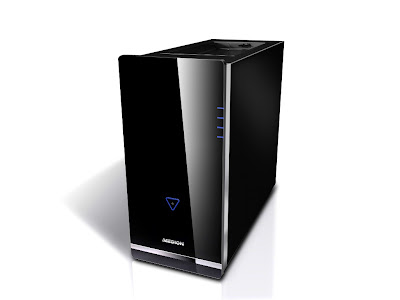
If you want to connect to someone from one of the States in America to another person in another country you can actually do that in two different ways. You can buy a PDN, a Public Data network. What a Public Data Network is , The providers takes care of the carrier, the routing services across the WAN, and the protocols. You deliver the data and the provider makes sure that the data gets to its destination.
What that actually means is that you send something over the network, and the provider just makes sure that it gets to the right place! The second option is to connect two distant offices to a contract carrier service. When you get involved with a contract carrier service they provide the hardware, but you have to deal with everything else, especially the routing issues!
Today we are going to talk about the grand daddy, big bad booty daddy. The server!
A server is a computer that provides shared resources to network users. A server is pretty much the computer that holds all of the data, that can be accessed by other computers that are connected to it. Now you can’t talk about a server unless you talk about the client. A client is a computer that access resources via the network on servers.
Here is a little example, a little tid bit that you can do, How to Share a folder.
This teaches you how to share a older on a Windows 95 workstation with share-level access control.
1. Open windows explorer by right-clicking on My Computer and selecting Explorer
2. Browse to the folder you want to share and right-click that folder.
3. Choose the option Sharing.
4. Select Shared as and enter a share name. Select the security level by clicking either Read-only, Full, or depends on Password.
5. Set a password for the chosen security level and click OK. If you do not set a password, anybody can access the folder with the given privilege.





